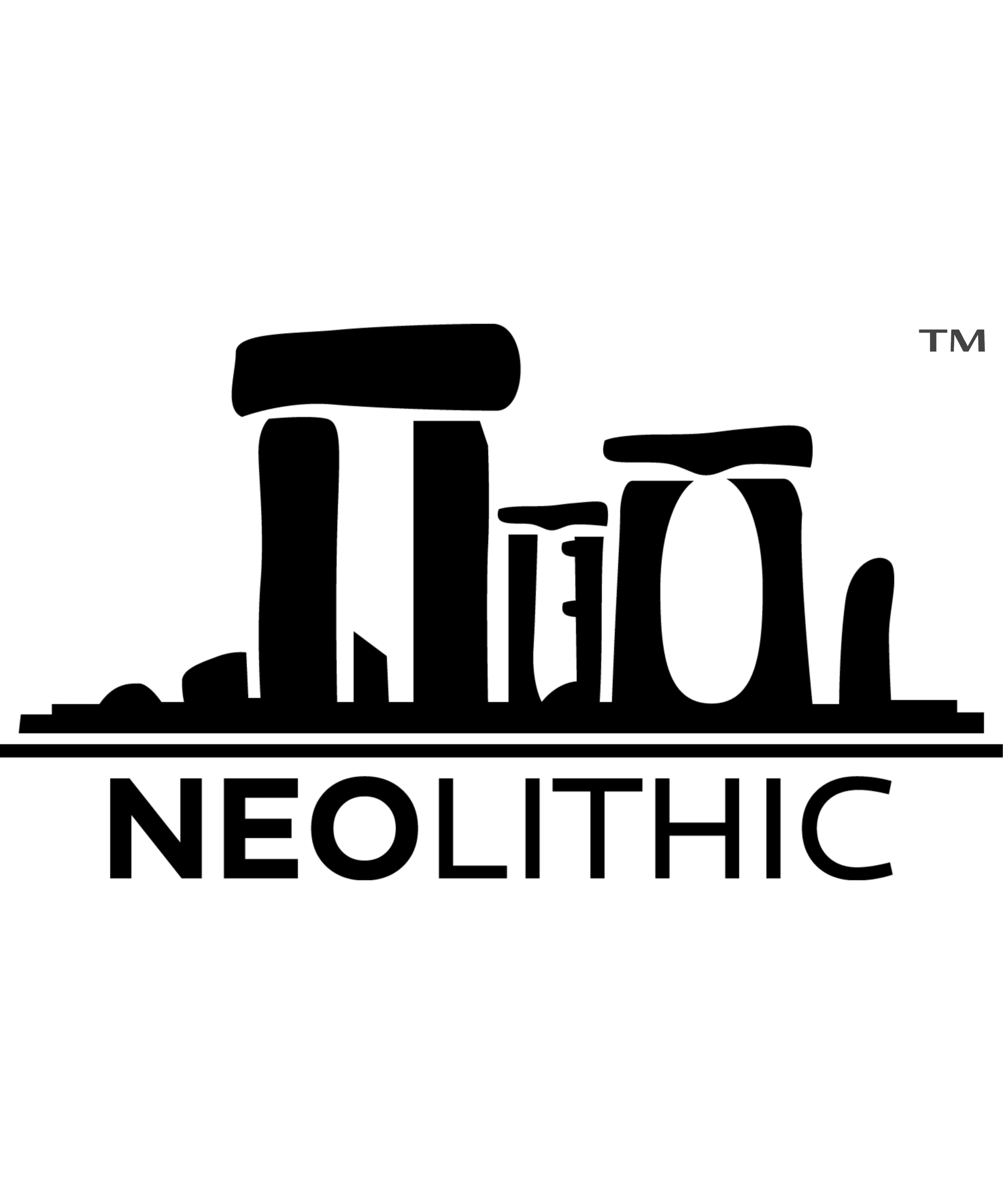Exploring Norse Mythology: Gods, Creatures, and Legends
Norse mythology, the rich tapestry of legends and stories that originate from the ancient Scandinavian people, is filled with powerful gods, heroic warriors, and mythical creatures. These tales, passed down through generations, paint a vivid picture of the beliefs and values of the Norse people. In this blog, we delve deep into the fascinating world of Norse mythology, exploring its key figures, legendary tales, and enduring impact on modern culture.
The Pantheon of Norse Gods
The Norse pantheon is home to a diverse array of gods and goddesses, each with their own distinct personalities, domains, and stories. The gods and goddesses belong to two primary families: the Aesir and the Vanir.
- Odin:
- Odin, the Allfather, is the chief of the Aesir. Known for his wisdom, he sacrificed one of his eyes at Mimir’s well to gain unparalleled knowledge. Odin is also associated with war, poetry, and magic, and he presides over Valhalla, where slain warriors are honored.
- Thor:
- Thor, the god of thunder, is one of the most popular figures in Norse mythology. Wielding his mighty hammer, Mjölnir, Thor protects both gods and humans from the giants. His strength and bravery make him a central figure in many myths.
- Loki:
- Loki, the trickster god, is known for his cunning and shape-shifting abilities. His actions often lead to trouble for the gods, but he also helps them in critical situations. Loki’s complex character adds depth to many Norse myths.
- Freya:
- Freya, a goddess of the Vanir, is associated with love, beauty, fertility, and war. She possesses a magical necklace, Brísingamen, and rides a chariot pulled by cats. Freya is also a leader of the Valkyries, warrior maidens who select slain heroes for Valhalla.
- Frigg:
- Frigg, Odin’s wife, is the goddess of marriage, motherhood, and foreknowledge. She is known for her wisdom and her ability to see the future, although she rarely reveals what she knows.
Legendary Tales and Sagas
Norse mythology is replete with epic tales and sagas that have captivated audiences for centuries. Here are a few of the most iconic stories:
- The Creation of the World:
- According to Norse mythology, the world was created from the body of the giant Ymir. Odin and his brothers, Vili and Vé, killed Ymir and used his body to form the earth, sky, and sea. Ymir’s blood became the oceans, his flesh the land, and his bones the mountains.
- The Binding of Fenrir:
- Fenrir, the monstrous wolf, posed a great threat to the gods. To prevent him from wreaking havoc, the gods decided to bind him with a magical chain. The trickster god, Loki, is Fenrir’s father, and his eventual role in Ragnarök is a central theme in Norse mythology.
- The Death of Baldr:
- Baldr, the beloved son of Odin and Frigg, was prophesied to die, leading to much grief among the gods. Despite efforts to protect him, Loki’s treachery led to Baldr’s death, setting in motion events that would culminate in Ragnarök, the end of the world.
- Ragnarök:
- Ragnarök is the prophesied apocalypse in Norse mythology. It foretells a great battle in which many gods, including Odin and Thor, will perish. The world will be consumed by fire and water, but from the ashes, a new world will emerge, reborn and fertile.
Mythical Creatures and Beings
Norse mythology is populated with a variety of mythical creatures, each with its own significance:
- Jörmungandr:
- Jörmungandr, the Midgard Serpent, is a colossal sea serpent that encircles the world. It is fated to fight Thor during Ragnarök, where both will meet their doom.
- Valkyries:
- Valkyries are warrior maidens who serve Odin. They choose the bravest warriors slain in battle and escort them to Valhalla, where they prepare for the final battle of Ragnarök.
- Dwarves and Elves:
- Dwarves are master smiths and craftsmen who live underground. They are credited with creating many of the gods’ most powerful items, including Thor’s hammer, Mjölnir. Elves, on the other hand, are ethereal beings associated with light and beauty.
The Legacy of Norse Mythology
The influence of Norse mythology extends far beyond its ancient origins. Its themes, characters, and stories have permeated modern literature, art, and popular culture. From J.R.R. Tolkien’s Middle-earth to Marvel’s portrayal of Thor and Loki, Norse myths continue to inspire and captivate audiences around the world.
In literature, the Eddas and sagas have provided a rich source of material for writers and poets. In art, the striking imagery of Norse mythology has inspired countless works, from medieval manuscripts to contemporary illustrations. In popular culture, films, TV shows, and video games have brought Norse myths to a new generation, ensuring that these ancient stories remain vibrant and relevant.
Conclusion
Norse mythology offers a window into the beliefs, values, and imagination of the ancient Scandinavian people. Its gods, creatures, and tales continue to fascinate and inspire, reminding us of the timeless power of myth and storytelling. Whether you are a scholar, a fan of fantasy, or simply curious about the past, the world of Norse mythology offers endless wonders to explore.

